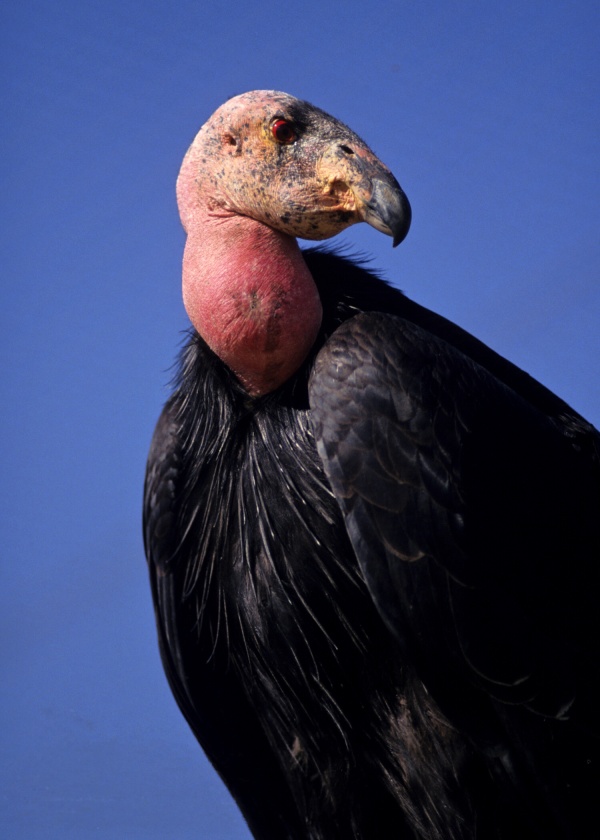PHOTO: SAN DIEGO WILD ANIMAL PARK AND ZOO. USED WITH PERMISSION.
At one point, a mere 25 years ago, you could have easily written off the California condor: the population was extinct in the wild and only 27 birds were living in captivity at the San Diego Zoo. Pretty much a done bye-bye deal for North America’s largest flying bird, right?
Fast forward to today where the total population of condors is projected to reach 400 this spring and that includes 200 birds living a good life back in the wild. Michael Martinez of CNN recently filed a story about the redemption power and tenacity of not only bird but humans to see this species escape the extinction clock.
That’s not to say there aren’t any challenges. First off, the birds in the wild are still ingesting DDT, that pesky chemical that triggered the downfall of the birds in the 1970s. Feeding upon dead carcasses of marine mammals, that also ingested the pesticide, condors were laying thin-shelled eggs that easily broke.
Martinez writes:
The toxin causes the shell of condor eggs to thin, so conservationists are replacing the thin-shelled eggs laid in the wild with thicker-shelled eggs from breeding centers, said Michael Mace, curator of birds at the San Diego Wild Animal Park and Zoo. The thin-shelled eggs are taken to incubators in breeding facilities for hatching, he said.
“Condors are doing what they normally do: They feed on marine animal carcasses,” Mace said. “We are excited that condors are doing activities that Lewis and Clark observed more than 100 years ago. But it turns out these marine animals are feeding on DDE, and now the condors are feeding on them, and the shells of their eggs are thin and break.”
DDE is formed when the pesticide DDT breaks down. DDT is banned in the United States, but the chemical enters the environment through its use in other countries.
“Some of these factors we’re dealing with right now weren’t factors five, 10 years ago,” Mace said.
Martinez also writes about how condors are being vaccinated for the West Nile virus and how the birds in the wild often feed on carrion that had been killed by a hunter’s gunshot; that lead can be deadly.
Still, conservationists are hopeful¸ not just for the condor’s speedy recovery but for the other animals that benefit from the “cleanup” work of these birds that keep diseases from spreading to other wildlife and plants.
At the four breeding centers — the San Diego Zoo, the zoo’s Safari Park, the Oregon Zoo in Portland, and the World Center for Birds of Prey in Boise, Idaho – condor eggs are hatching until probably May. And there’s nothing like a healthy chick to give hope to a species that, at one time, had one foot dangling down the abyss of annulation.

